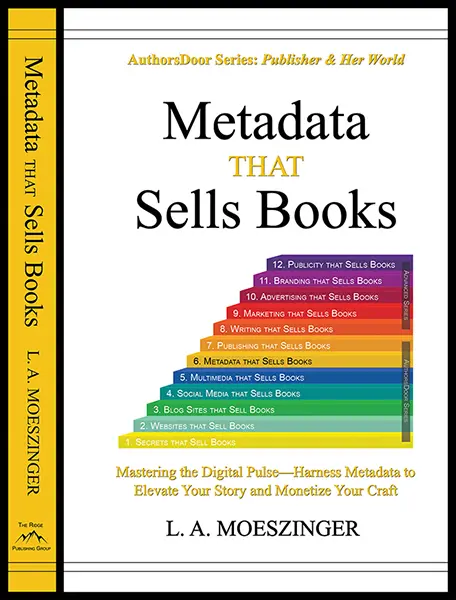In the vast digital marketplace of Amazon, effective metadata isn’t just beneficial—it’s essential. Amazon metadata determines how your products or books are found, seen, and understood by potential customers. It plays a pivotal role in search discoverability and buyer decision-making processes. This extended guide will outline in detail how to expertly craft metadata for Amazon to optimize product pages for maximum impact and sales success.
The Importance of Metadata in Amazon’s Ecosystem
Metadata on Amazon includes all textual and visual information that describes your product or book. It significantly influences two critical areas: search engine optimization (SEO) within Amazon’s platform and customer purchase decisions.
Key Elements of Amazon Metadata Include:
- Title
- Feature Bullets
- Product Descriptions
- Images
- Keywords (including hidden keywords in the backend)
- Categories and Browsing Paths
Detailed Strategies for Crafting Effective Amazon Metadata
- Comprehensive Keyword Research: Effective metadata begins with thorough keyword research. Utilize Amazon-specific tools like Sonar, Keyword Inspector, or Ahrens Amazon Keyword Tool to identify high-volume search terms relevant to your product. Understand not only what your potential customers are searching for but also the language they use when they search.
- Crafting a Compelling Title: The title is arguably the most crucial piece of metadata on Amazon. It should be informative, keyword-rich, and concise. Ensure it adheres to Amazon’s best practices, typically including brand, product line, material or key feature, product type, color, size, and quantity.
- Bullet Points for Features and Benefits: Amazon allows five bullet points to highlight key product features. Use this space to focus on the benefits of your product, not just its features. Each bullet point should address a specific customer need, showcasing how your product meets that need or solves a problem.
- Engaging and Informative Product Descriptions: Beyond bullet points, the product description offers more space to expand on your product’s story and details. This should be formatted with clear, easy-to-read paragraphs, including a call to action. Embedding high-value keywords naturally into this narrative can enhance your SEO while also engaging the reader.
- Optimal Use of Images: Images are crucial for conversion. Ensure you use the maximum number of images allowed by Amazon, usually 7-9. Include high-quality images that show your product from various angles, in use, and, if applicable, a size comparison or infographic that provides additional value or information.
- Backend Keywords Optimization: Amazon provides a hidden keyword field in the backend—these are keywords that are invisible to customers but indexed by Amazon’s search engine. This is where you can include synonyms, misspellings, and related search terms that you couldn’t fit into your visible metadata.
- Selecting the Right Categories: Properly categorizing your product ensures it appears in relevant searches and is not lost among unrelated items. Be as specific as possible with category selection to improve chances of visibility in the right searches.
Regular Monitoring and Updating
Continuous Optimization: Metadata isn’t set-and-forget. It requires ongoing adjustments based on changing market trends, consumer behavior, and competitive landscape. Regularly reviewing and tweaking your metadata ensures sustained visibility and relevance.
A/B Testing: Experiment with different titles, bullet points, and images to see what resonates best with your audience. Amazon’s A/B testing tool, Manage Your Experiments, allows you to test different versions of your content to determine what improves performance.
Conclusion: Turning Metadata Into a Competitive Advantage
In the competitive world of Amazon, where millions of products and books compete for attention, well-optimized metadata is your first and best tool for standing out. By strategically crafting and regularly updating your Amazon metadata, you can significantly enhance your product’s visibility, appeal, and sales performance. Remember, the goal of metadata is not just to inform but also to persuade and convert browsers into buyers. Effective metadata transforms your Amazon listings into compelling advertisements for your products.
_________________________________________
Related Entries:
Mastering Social Media Testing: Unlock Success
Related Topics:
Visit our website at www.AuthorsDoor.com and our blog site at www.AuthorsRedDoor.com as you continue your author-publisher journey.


